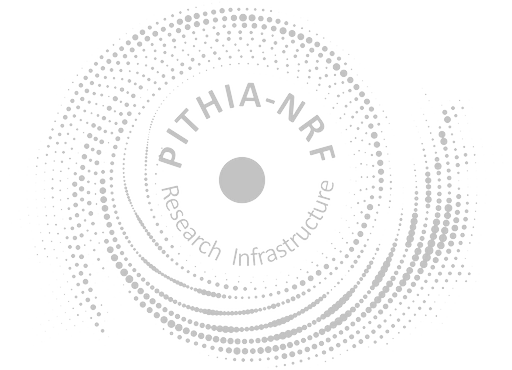BSPM: 3D-Kinetic plasmasphere model
Last modified on Jul 3rd, 2025
-
Permissions
In This Page
Responsible Parties
Description
The BSPM (Belgian SWIFF Plasmasphere Model) is a 3D-Kinetic semiempirical model of the plasmasphere developed by the Solar Wind Division of the Royal Belgian Institute for Space Aeronomy (Pierrard et al., 2021 for the last version). Based on physical mechanisms for the plasmapause formation and trajectories of particles trapped in the Earth’s magnetic field, it provides the number density and the temperature of the electrons and protons inside and outside the plasmasphere, as well as the position of the plasmapause, as a function of the geomagnetic activity driven by the Kp index. During geomagnetic storms, the plasmasphere is eroded and structures like plasma plumes and channels can appear (Pierrard and Stegen, 2008). During quiet times, the ionosphere refills the plasmasphere. The model is coupled to the International Reference Ionosphere (IRI) model (http://irimodel.org/) used to determine the number density and temperatures of the particles between 60 and 700 km of altitude (Pierrard and Voiculescu, 2011). The values at 700 km are used as boundary conditions to provide the density and temperatures up to 10 Earth radii inside and outside the plasmasphere. The density in the plasmatrough region has recently been improved using observations of Van Allen Probes (Botek et al., 2021). The model is running in a near-real-time basis by the name of 'SPM' at the Space Situational Awareness site (https://swe.ssa.esa.int/bira-swiff-federated/) of ESA (European Space Agency) using a previous IDL-Fortran version that evaluates the electron density and temperature without the ionosphere coupling, and providing animations of the equatorial and meridian plasmasphere dynamics for all the archived dates since 2017. A PYTHON-Fortran version BSPM by the name of 'BPIM' is available in the frame of the ESA Virtual Space Weather Modeling Center (https://swe.ssa.esa.int/kul-cmpa-federated/) for on-demand executions. In the present implementation at the PITHIA eSC, a more updated version of the PYTHON-Fortran implementation is available providing the electron density of the plasmasphere, the ionosphere coupling as well as the electron density beyond the plasmapause, i.e., the plasmatrough for the requested day. Output of the model consists of text files and figures for every hour of a simulated day. The same BSPM version is also available at the Community Coordinated Modeling Center (https://ccmc.gsfc.nasa.gov/models/BSPM~2021/) References: Pierrard, V. and Stegen, K., 2008. A three‐dimensional dynamic kinetic model of the plasmasphere. Journal of Geophysical Research: Space Physics, 113(A10); Pierrard, V. and Voiculescu, M., 2011. The 3D model of the plasmasphere coupled to the ionosphere. Geophysical Research Letters, 38(12); Pierrard V., E. Botek and F. Darrouzet, 2021. Improving Predictions of the 3D Dynamic Model of the Plasmasphere, vol. 8, p. 69, Front. In Astron. Space Sci., 8:681401, doi:10.3389/fspas.2021.681401; Botek, E., Pierrard, V. and Darrouzet, F., 2021. Assessment of the Earth’s cold plasmatrough modeling by using Van Allen Probes/EMFISIS and Arase/PWE electron density data. Journal of Geophysical Research: Space Physics, 126(12).
Access the Data (1)
-
Interact with the BSPM model through an API.
Additional details
- Protocol
- http
- Service Functions
Further Resources and Information
Resources
Go to Metadata FileProcedure
Features of Interest
Quality Assessment
- Data Quality Flags
- Metadata Quality Flags
Data Levels
More Properties
| Property | Value |
|---|---|
| Result | Not used |
| Result Time | Not used |
| Phenomenon Time | Not used |
| Observed Property | Not used |
Metadata Information
| Editor | Royal Belgian Institute for Space Aeronomy |
| Version | 1 |
| Created | Tuesday 21st Feb. 2023, 23:40 |
| Last Modified | Thursday 3rd July 2025, 20:46 |

